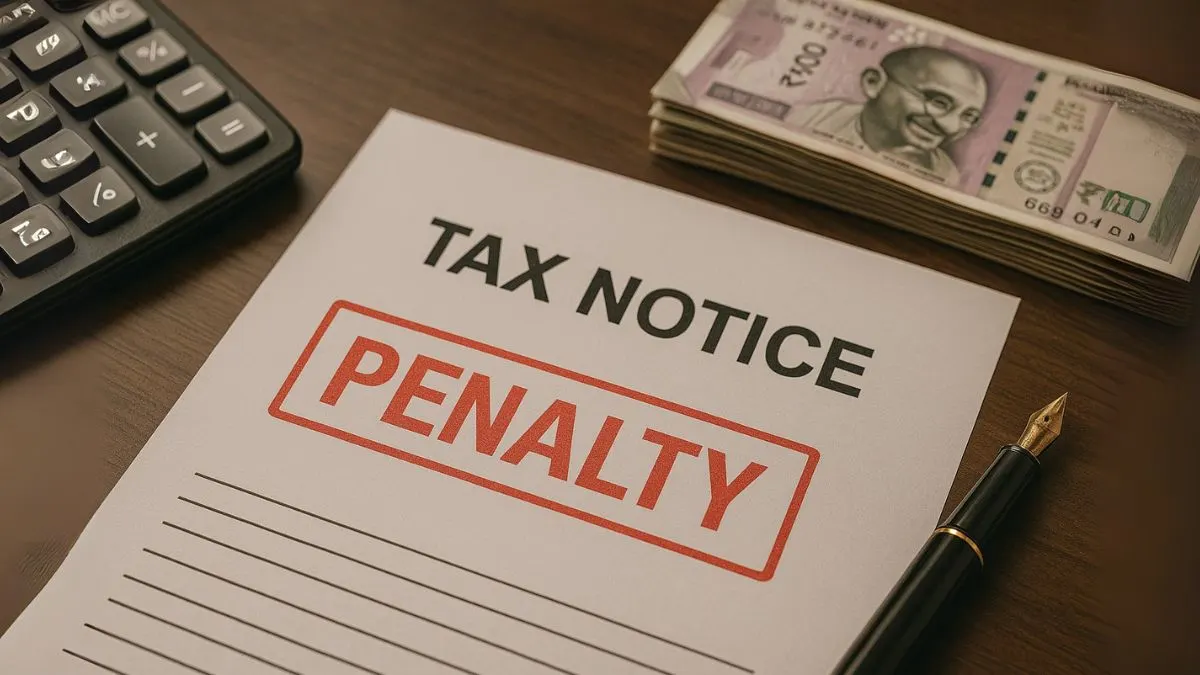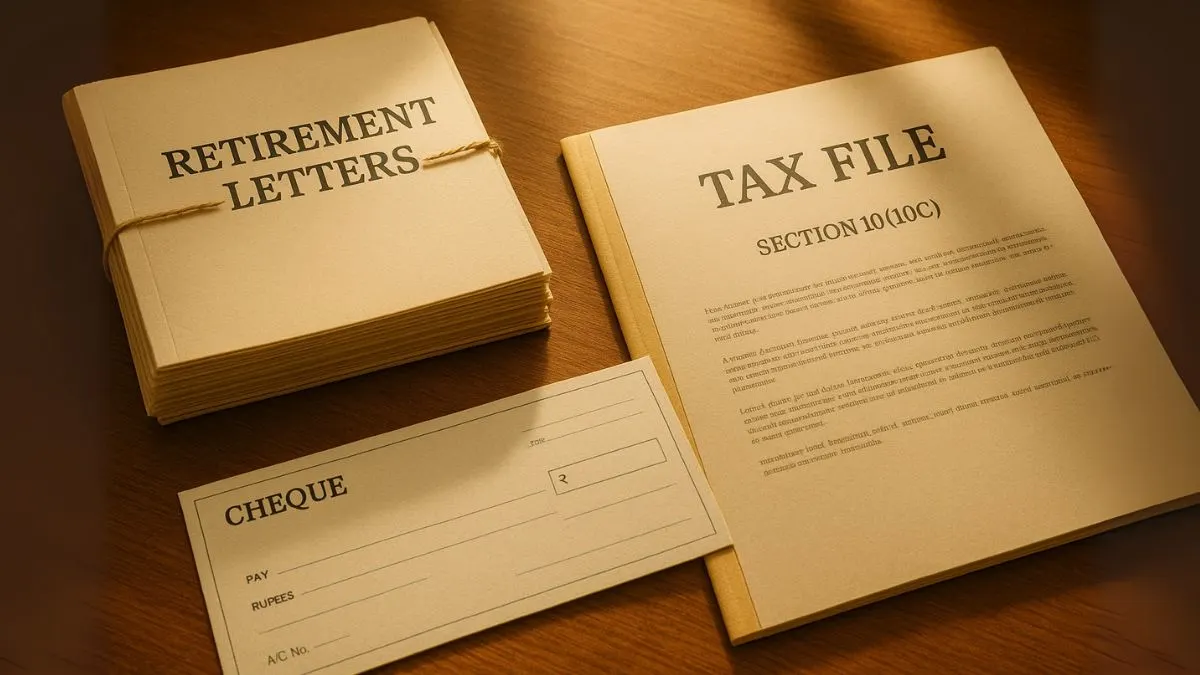
What Is the Tax Rate for Long-Term Capital Gains (LTCG) in India?
Complete Guide for FY 2024–25 | AY 2025–26
When you sell an asset and earn a profit, that’s called a capital gain. If the asset was held for an extended period before selling, it's classified as a Long-Term Capital Gain (LTCG) and comes with specific tax rules.
This article explains the current LTCG tax rates in India, applicable conditions, exemptions, and how to calculate your tax liability for FY 2024–25.
🧾 What Is Long-Term Capital Gain (LTCG)?
A Long-Term Capital Gain arises when you sell a capital asset after holding it for a specified period:
| Asset Type | Holding Period For LTCG |
| Listed Equity Shares | More than 12 months |
| Equity Mutual Funds (growth/direct) | More than 12 months |
| Debt Mutual Funds | More than 36 months |
| Immovable Property (land/building) | More than 24 months |
| Gold, Bonds, Other Assets | More than 36 months |
If you sell these assets before the above periods, the profit is taxed as Short-Term Capital Gain (STCG).
📊 LTCG Tax Rates in India (FY 2024–25)
| Asset Type | LTCG Tax Rate | Notes |
| Equity Shares & Equity Mutual Funds | 10% (above ₹1 lakh) | No indexation benefit allowed |
| Debt Mutual Funds, Gold, Bonds | 20% with indexation | Indexation adjusts the cost for inflation |
| Immovable Property (real estate) | 20% with indexation | Sale after 2 years only |
| Listed Bonds/Debentures (no indexation) | 10% flat | Lower tax rate without indexation |
| Unlisted Shares | 20% with indexation | Must be held for 24 months |
💡 What Is Indexation?
Indexation allows you to adjust the purchase cost of an asset using the Cost Inflation Index (CII), reducing your overall taxable gain.
✅ Available for:
• Real estate
• Debt mutual funds (before April 2023 investments)
• Gold, bonds, unlisted shares
❌ Not available for:
• Equity shares
• Equity mutual funds
🧮 Example: LTCG on Equity Mutual Funds
• Bought equity mutual funds: ₹2,00,000 (in Jan 2022)
• Sold after 14 months: ₹3,50,000
• LTCG = ₹1,50,000
• Exemption: ₹1,00,000
• Taxable LTCG = ₹50,000
• LTCG Tax @10% = ₹5,000
🏡 Example: LTCG on Property
• Purchase cost (2016): ₹40,00,000
• Indexed cost (CII adjusted): ₹56,00,000
• Sale price (2024): ₹80,00,000
• LTCG = ₹24,00,000
• Tax @20% = ₹4,80,000
💡 You can save this tax by reinvesting in:
• Another residential property (Section 54)
• Capital gains bonds (Section 54EC)
🔁 Latest Updates for FY 2024–25
1. Indexation removed for debt mutual funds purchased after 1 April 2023 (taxed as per income slab if not equity-oriented).
2. Set-off of LTCG against STCL allowed, but not vice versa.
3. Carry forward of capital losses is allowed up to 8 assessment years (if ITR filed on time).
✅ Exemptions & Deductions You Can Use
| Section | Benefit |
| 54 | Reinvestment in residential houses |
| 54EC | Investment in NHAI/REC capital gain bonds |
| 54F | Sale of any long-term asset full reinvestment in residential property |
Final Words
The long-term capital gain tax rate in India depends on the asset type, holding period, and whether indexation benefits apply. For most equity investors, LTCG over ₹1 lakh is taxed at 10%, while real estate and other capital assets attract 20% tax with indexation.
Understanding LTCG tax rules can help you plan your investments better and save taxes legally. Contact us at https://callmyca.com/contact-us to know more about it.











